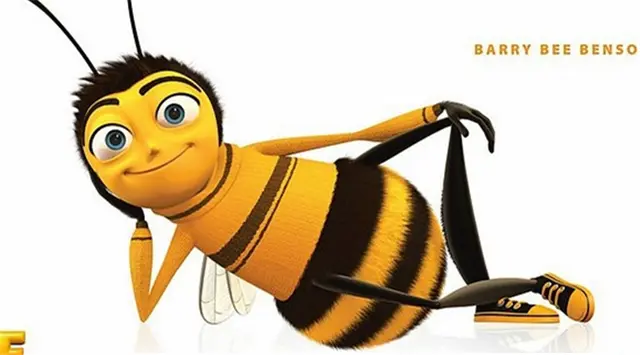A chemical pesticide is "dumbing down" honeybees, according to New Zealand research that could help explain some of the worldwide decline in bee populations.
Honeybees suffered severe learning and memory deficits after ingesting very small doses of the pesticide, chlorpyrifos, potentially threatening their success and survival, University of Otago research out Wednesday suggested.
Researchers collected bees from 51 hives across 17 locations in the South Island province of Otago and found low levels of pesticide in bees at three of the sites and in six of the hives.
The findings were no surprise as a 2013 University of Otago study showed chlorpyrifos was detectable in air, water and plant samples even in non-sprayed areas of the country, as the pesticide had a high ability to travel great distances, said researchers.
In the laboratory, they fed other bees with similar amounts of the pesticide, which is used around the world to protect food crops against insects and mites, and put them through learning performance tests.
They found that chlorpyrifos-fed bees had worse odor-learning abilities and recalled odors more poorly later, even though the dose they ingested is considered to be "safe," study lead author Dr Elodie Urlacher said in a statement.
"As honeybees rely on such memory mechanisms to target flowers, chlorpyrifos exposure may be stunting their effectiveness as nectar foragers and pollinators," Urlacher said.
The study identified the threshold dose for sub-lethal effects of chlorpyrifos on odor-learning and recall as 50 picograms of chlorpyrifos ingested per bee.
"This amount is thousands of times lower than the lethal dose of pure chlorpyrifos, which is around 100 billionths of a gram. Also, it is in the low range of the levels we measured in bees in the field," she said.
"Our findings raise some challenging questions about regulating this pesticide's use. It's now clear that it is not just the lethal effects on bees that need to be taken into account, but also the serious sub-lethal ones at minute doses."
 简体中文
简体中文



